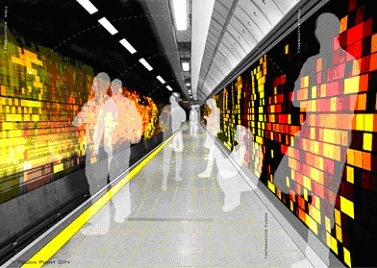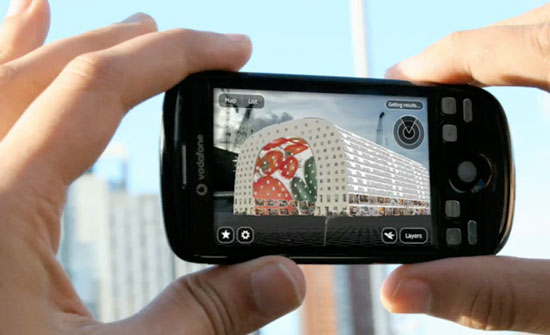From gimmick to engagement:
As new technologies emerged in the 1990’s and started playing important roles in our daily lives outside work. Content became digitized, therefore mobilizing audiences to online environments.
Most technologies described as "new media" are digital, often having characteristics of being manipulated, networkable, dense, compressible, interactive and impartial. Many producers of new media are regular citizens that push content online through social media: People control the web and empower content.
Intertwined with how we consume media, we can state that the divide between old and new media is closing in. Considering old media as content and new media as the channel, we can now understand media as public and accessible. Web 2.0 greatly open the spectrum to the masses and new media exploded into main-street. Now, credibility is for grabs and not granted as all the players in the web arena are seeking clicks, attention, conversion, monetization and web status, a screen away from a brand-saction.

1. Interactive digital media:
Technology enabled CGI(Computer-generated imagery) that changed how we experience media and gave entertainment a whole new meaning. Also, other screens started populating our lives, like: Mobile phones, Computers(desktops and laptops), digital readers(PDA’s), Music players and game consoles. We are no longer chained to TV, radio, magazines, newspapers or even billboards to have access to information or pop culture guidelines. We are again in the cross roads of content and media, but now in our own terms and when we want....
We own and control channels like: Youtube, Facebook, Twitter, blogs and even the father of them all: Myspace. Here is where new media lives and spreads. Here is where the voice of people is stated and is vital for the value proposition of its credibility.
Augmented Reality
A live direct or indirect view of a physical real-world environment whose elements are merged with (or augmented by) virtual computer-generated imagery - creating a mixed reality.
Over imposing images as a result of a marker triggered interaction through a web-cam, or by image recognition and geo-location on a mobile phone.
At a glance it gives the impression of being a high-end gadgety tactic that brings a screen out of the screen. In reality it’s nothing but enhancing the online experience or real experience for that matter. Consisting of engaging users on a story-line crafted on or of-line as part of a brand message.

For the purpose of explaining a brand is anything or everything. The AR experience is only part of an integrated experience intended to communicate. Considering that principle, every AR experience should embed a story or be part of one, as it is such a compelling element that it has to have relevance and a clear reason why.
A successful use of computer web-cam AR is that in which it’s intent is to bridge the gap between traditional mediums (TV, Radio, Print) and online. Marketers and media invest effort and resources in being an active to their audience, many are present in traditional mediums, exclusively in print or in the virtual online space. But like in social media, the message has to pull people in not push the message into them. By creating real interactions with AR, we generate a physical action that translates into engagement with a message and an immersive interaction with the brand. Once AR connects the dots, your message stands the test with the audience and the brand starts establishing relationships with relevant stakeholders: Consumers.

On a mobil device, AR has a deeper connection with the audience under the premise of being mobile and personal. Usually mobile AR is part of an application downloaded from an app store, therefore setting themselves up for engagement. Wether it’s for play, fun or information, the dynamic and functionality of AR will make people aware of the experience and download the app. As a result and triggered by many factors like geo-location, user settings, profile and functionality, the AR app launches a world of possibilities for brands to engage with their story.
Although AR will not stand alone and deliver a whole brand experience, don’t underestimate the power of giving your audience control and the possibility of experiencing your brand in their own terms, by augmenting reality!
No comments:
Post a Comment